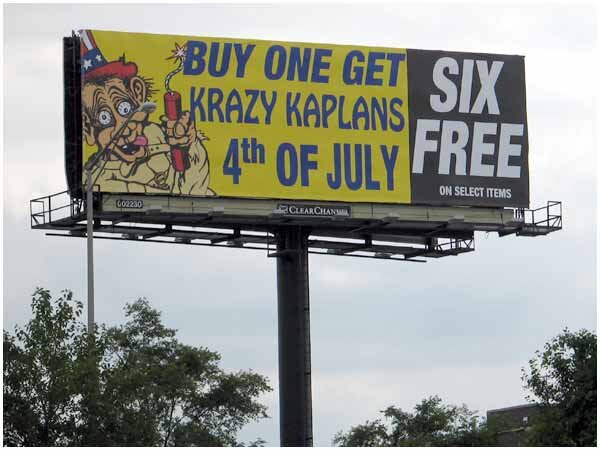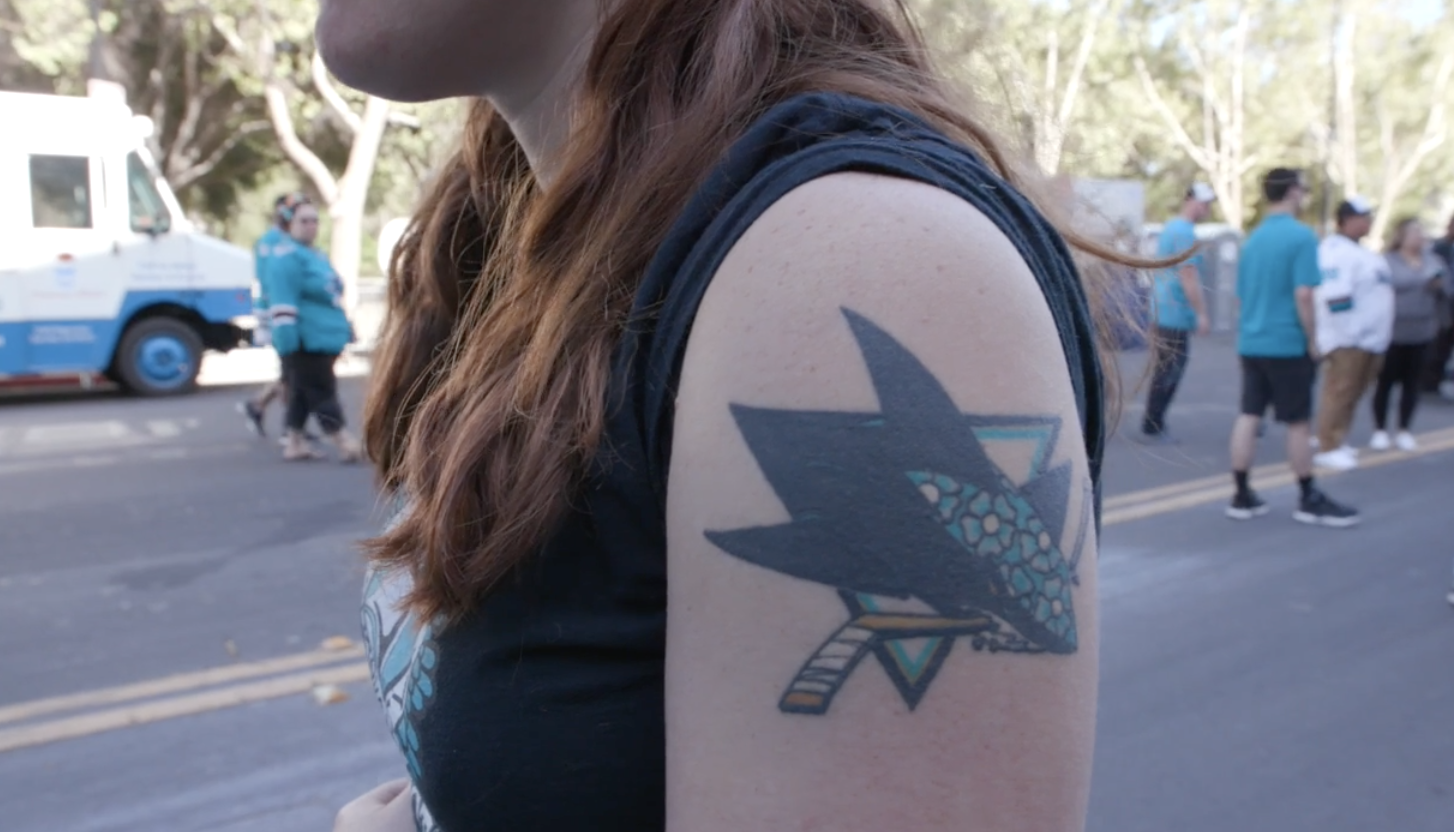Pictured above: Beth Clutterbuck’s Book Club eating chips, dip and passing judgement.
Production of a major advertising campaign was abruptly halted today following negative feedback from the CEO’s wife’s book club. Word came down at the start of day two of a three-day-shoot as the crew and ad agency gathered near the craft services truck to feast on breakfast burritos and kale smoothies.
The company’s CEO, Dwayne Clutterbuck, had just called with instructions to shut the commercial production down as a result of feedback he’d gotten from his wife Beth, and six others in her book club. Five of the six book club attendees had made negative comments about the advertising campaign after hearing it described by Ms. Clutterbuck while they were waiting for Margie and Dale to get back from the bathroom.
Clutterbuck’s company, Clean GreenTopia, had spent nearly four months, and invested more than $250,000 in consumer research for the ad campaign. But the random musings of six, mildly-intoxicated people who are not in the target market really made Clutterbuck rethink his marketing team’s approach.
“When you get a perspective of people that aren’t actually seeing the finished campaign but are reacting to one person’s third-party description of what she kind of remembers the campaign to be, you have to take it seriously,” said Clutterbuck.
The book club attendees spent a full 15 minutes dissecting Tara Westover’s best selling memoir, Educated, before conversation veered in another direction. “We were talking about her family’s tincture business, and this lead into a discussion of alternative wellness products, which then dissolved into us tearing apart Gwyneth Paltrow’s company Goop,” says Beth Clutterbuck.
Three of the dozens of titles kind of talked about, but mostly glossed over in Beth Clutterbuck’s book club.
“It really is a stupid name for a company. But it also lead us into a bigger discussion about corporate responsibility. And, well, that’s when I mentioned Dwayne’s new global ad campaign for organic bleach.”
Ms. Clutterbuck, initially gave the ad campaign idea the thumbs up, lauding its light-hearted and whimsical approach to dirty laundry. However, when she explained the premise to the book club, they weren’t having it. “There is no place for humor when you’re dealing with the destruction of the planet.” said Kathy Taylor who is currently unemployed but took some marketing classes in college. “Why would you make light of something as serious as global warming?” she asked seemingly unaware the advertising campaign has nothing to do with climate change.
After processing their feedback, Mr. Clutterbuck became concerned that the professionals he’d put on the project, who had nearly 500 years of marketing experience between them, just didn’t get it. “Sometimes you have to question people who do advertising and marketing campaigns for a living and go with the gut instincts of people who consistently offer opinions on things they know little about.”
The book club attendees, who meet quarterly, have two master's degrees in art history, a PHD in French cuisine and a certificate in canine grooming among them. Along with global marketing decisions, the group regularly advises the Clutterbucks on topics ranging from vacation destinations, gluten free restaurant options, or what to do when your child gets lice.
With regards to the latest digital marketing debacle, the group advised Clutterbuck to keep it simple. “Don’t waste time being clever or funny. When people want humor, they can watch a funny movie. When they want bleach, they just want to know how the manufacturing process affects our carbon footprint,” said Jill Friedlander, the one in the club that never bothers to read the book.
Anita Milton also voiced concern. “There’s too much money influencing our kids today. Corporations need to do a better job of focusing on responsible practices,” she explained without offering details on what her gripe has to do with a bleach commercial.
The one dissenter was Janelle Patterson. She actually thought the ad campaign was memorable and effective. “I thought it was hysterical,” says Patterson. “It made a boring product feel hip and cool.”
At press time, there were unconfirmed reports that Patterson would not be invited back for next quarter’s book, Where the Crawdads Sing.
#######
The Small Agency Blog is produced by Division of Labor; a top San Francisco ad agency and digital marketing firm that’s been named Small Agency of the Year twice by Ad Age. The award-winning creative shop services clients on a retainer or project basis. They also offer brand consulting services and hourly engagements for startups and smaller brands. Click here for a free consultation.







